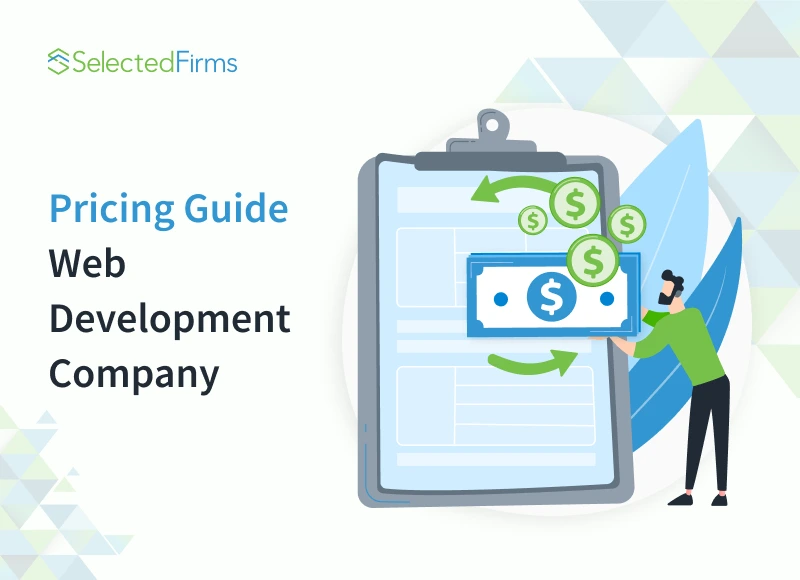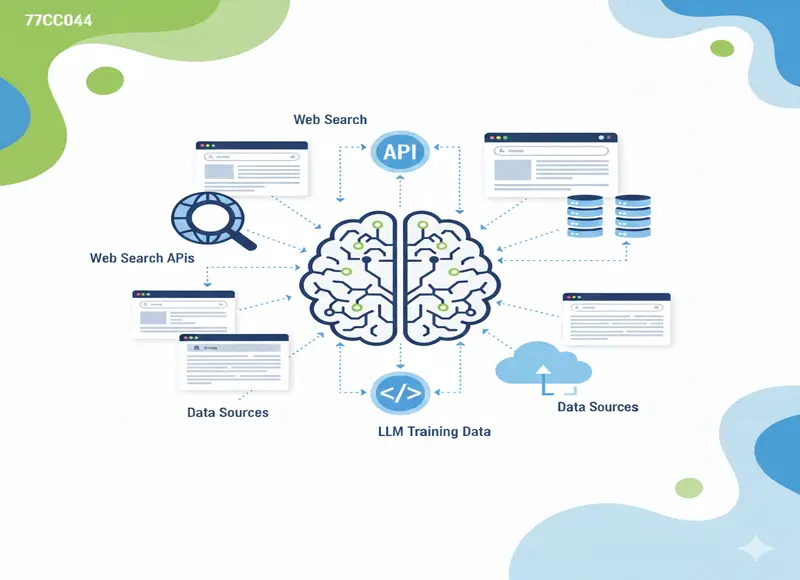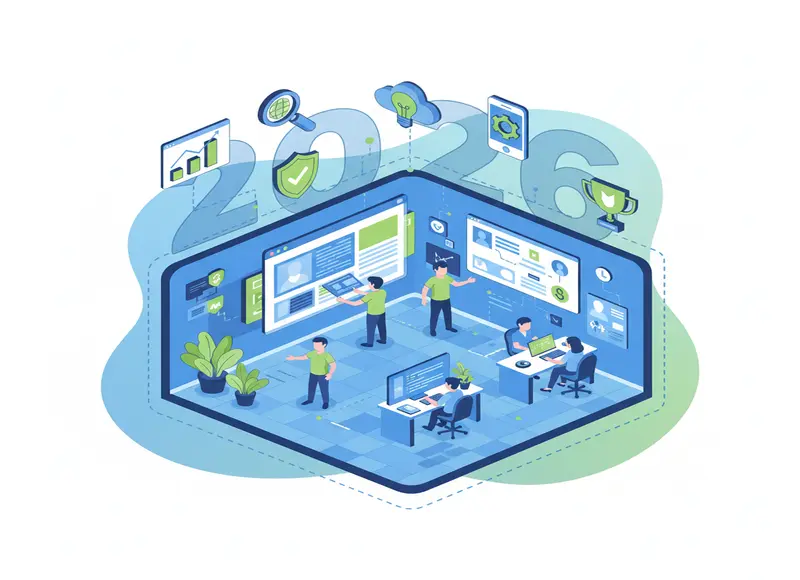Table of Contents
The demand for data scientists is growing, and software developers are well-positioned to pivot into this field. This guide explains the skills, education, and steps needed to transition smoothly into a data science career.

The business world has become increasingly more data-driven, and the need for skilled data scientists has grown accordingly. With more and more companies driving their decisions with data analytics, there’s a strong demand for people skilled in data science in analytics, from IT and e-commerce to digital marketing and finance.
For many software developers, especially those who have grown weary of their current career, this presents a unique opportunity. Software developers already possess many of the skills necessary to make a leap into data science -- it might only take a little more formal education.
If you're wondering how best to take the next step and transition from software development into data science, read on.
Why Developers Are Well-Suited for Data Science
First, let's go over the good news. If you're an established software developer, you already have many of the skills you need to move into data science, and you have a basis for being a strong candidate in the field. Those foundational skills include:
- Coding proficiency. If you’re already skilled with Python, Java, or C++, you’re already ahead of the game. Those languages are heavily used in data science, particularly Python.
- Mathematical foundation. Coding means a lot of math, and so many developers already have a solid foundation in mathematics and logic, most likely learned during their undergrad computer science studies.
- Problem-solving ability. Another necessary component of software development is debugging and optimizing, requiring structured thinking. These same skills come into use when analyzing datasets and identifying patterns.
- Data management experience. Knowing how data is structured and queried is a huge part of data science workflows. The good news is, most software developers already know how to use (or at least have working knowledge of) SQL relational databases and/or NoSQL environments.
- Systems thinking. Software developers often have to think about systems in a holistic sense, the so-called “big picture”. That way of thinking can be useful when it comes to handling big data architectures of designing machine learning pipelines.
Key Differences Between Development and Data Science
Software development and data science have a lot of similarities, but there are some key differences as well.
For example, software development is mostly about building applications and writing clean, legible code. The mindset around this process is generally “how do we build this feature?”
Whereas data science is more focused on extracting insights from already-existing data and creating predictive models. The goal is less about delivering a piece of software than helping a company or organization make evidence-based decisions.
In other words, where developers tend to build tools, data scientists analyze the outcomes existing tools generate. Where a developer might think in terms of architecture and scalability, a data scientist might think in terms of patterns and probability, with an eye on actionable insights.
The Skills Gap Between Developer and Data Science
With that in mind, let's discuss the "skills gap" between software development and data science, and what exactly a software developer would have to learn to make the transition.
Mathematics, Statistics, and Probability
Unsurprisingly, data science begins with a lot of math. Before the real work can begin, data scientists need to be fluent in statistical inference, distributions. hypothesis testing, and regression analysis.
Data Visualization and Storytelling
But math and probability aren’t the beginning and end of data science. There are also some soft skills involved. Data scientists also have to shape those insights into a visualization or “story” that stakeholders and employers can understand. Tools like Tableau, Power BI, and Python libraries such as Matplotlib or Seaborn can come in very handy for this.
Machine Learning
Knowing the fundamentals of machine learning and algorithms is also critical to a data science career. Data scientists should have a firm grasp of the concepts of:
- Linear regression
- Decision trees
- Random forest models (an ensemble learning method)
- Neural networks
- NLP (natural language processing)
- Reinforcement learning
Data Engineering
Another critical area of data science is understanding the concepts of data pipelines, ETL (extract, transform, load) processes, and cloud platforms such as AWS, Azure, and/or GCP.
Big Data Tools and Platforms
Getting familiar with platforms like Kafka, Hadoop, or Spark will be vital to handling large and complex datasets. Fortunately, software developers are no strangers to learning new software, so this may be among the least of your challenges!
Domain Expertise
Context can dramatically change the meaning of data, which means different fields (such as healthcare, finance, retail, or construction) will all require unique approaches when it comes to gleaning insight from that data. You should expect to specialize in a particular field when making the move to data science.
Business Analytics
A major component of data science is turning all that data into actionable insights. Stakeholders and employers generally aren’t going to be familiar with the raw concepts of data analytics -- they need to know how it relates to ROI, customer experience, or customer growth. Part of a data scientist’s job is being a “translator.”
Developer to Data Scientist: Practical Steps for Transition
Data science requires a lot of learning, and it can be daunting even for an experienced software developer.
Step 1: Start with the basics! Linear algebra, probability, and statistics are the building blocks of data science. If you haven’t used those math skills in a while, you can find plenty of free resources online to help you brush up.
Step 2: You’ll need experience with Pandas, NumPy, scikit-learn, R, and visualization libraries to develop your data science skills, so gaining familiarity with these platforms is a good next step.
Step 3: You can also gain some real-world experience by building small projects on your own using real datasets. There are free datasets at places like Kaggle, the UCI Machine Learning Repository, or even open government data portals that you can use to build a custom project that lets you flex those muscles while you develop them.
Step 4: Hone your skills by engaging in competitions and collaborations on sites like Kaggle.
Step 5: When it comes to impressing potential employers, having a portfolio is much more effective than having a resume. Now's where you start building up a demonstration of your skills.
Document projects on GitHub, write Jupyter notebooks, or publish case studies on your own website or LinkedIn. A portfolio will do a whole lot more to showcase your skills than a resume will.
Step 6. Explore opportunities. If you’re lucky, your company or organization may have need for a data scientist and might be willing to create a hybrid position or sponsor your training.
Step 7. Formalize your expertise. Speaking of formal training, give some thought to pursuing advanced education to really supercharge your data science skills.
The Value of Advanced Data Science Education
While you can get pretty far on free resources, self-study, and independent projects, there's a lot to be said for formal, structured education. Having an online data science master's can mean a huge boost to your career.
Why choose a degree over self-study? While doing things yourself with online tutorials is perfectly reasonable, there’s a lot to be said for having a carefully structured curriculum with real teachers and a formal classroom environment.
Having that structure can save you a lot of time and headache. You might even find opportunities to collaborate and network with your classmates, who are likely to be industry professionals like yourself.
Not only is the learning environment more productive when you pursue a data science master's online, but you also get formal credentials at the end of it, which will signal your commitment to potential employers.
Pursuing an online data science master's has other advantages as well -- developers with undergraduate degrees in computer science, IT, engineering or mathematics are particularly well-suited to admission, and the flexibility of an online course means you can not only study while you work, but apply those lessons in real time as you go.
Career Pathways for Developers-Turned-Data Scientists
So what exactly can you do once you transition from software development to data science? Having a degree in data science can open a lot of doors.
- Data scientists (obviously), who extract insights and create predictive models to help companies with strategic decisions;
- Machine learning engineers, who design and deploy scalable machine learning systems;
- AI specialists, who work primarily on natural language processing, generative AI, and computer vision;
- Data architects, who build frameworks to optimize and manage data flows, and
- Analytics consultants who advise businesses and other organizations on data-driven growth.
Individuals who combine their software development and data science skills have a lot of long-term resilience, as they've equipped themselves with a wide variety of valuable abilities. Developers have a grasp on how systems are built, and data scientists know how to leverage the data those systems produce -- having both sets of skills is highly valued in a world where digital products and analytics go hand in hand.
Transitioning from development to data science isn't necessarily easy -- it takes a lot of learning, mastering an entirely new array of knowledge and real-world experience. Fortunately, software developers already have an edge when it comes to fundamental and related skills.
Recent Blogs
9 Operational Excellence Strategies: How Leading Enterprises Optimize Performance
-
24 Dec 2025
-
6 Min
-
194








